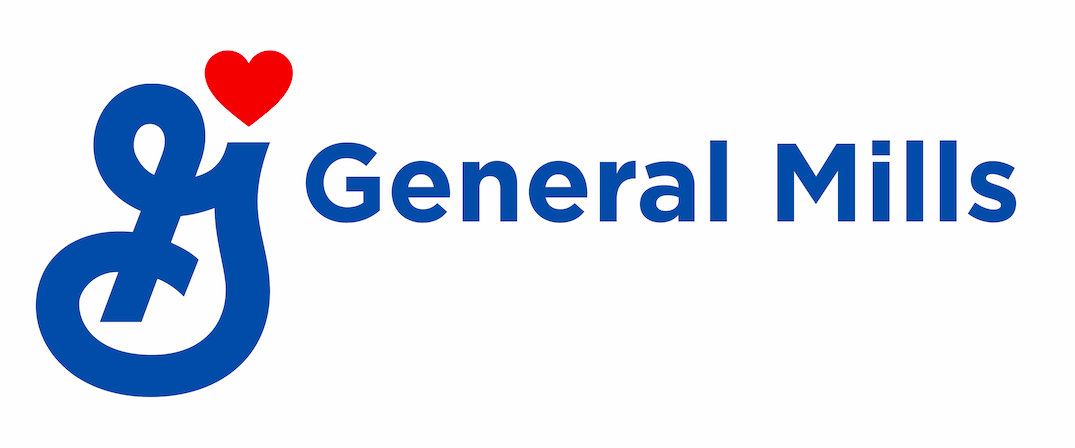Technology Advancements Boost Traceability in the Food Sector
Technology Advancements Boost Traceability in the Food Sector
This article series is sponsored by General Mills and produced by the TriplePundit editorial team.
In cases of widespread foodborne illness, like last year’s E. coli outbreak linked to romaine lettuce, the next step is to determine where along the food supply chain the contamination occurred. That’s where food traceability—the ability to trace a product through every step in the supply chain, from point of origin to final retail location—comes into play.
Beyond its critical role in food safety, traceability is also becoming increasingly important to meet consumer demand for more healthy food choices produced in ways less harmful to people and the environment. For consumers, traceability adds a layer of credibility to claims like non-GMO, organic, free range or “sustainably sourced.”
But end-to-end traceability—from farm, to factory, to fork—is a big challenge. Agricultural supply chains are complex, involving layers of wholesalers and distributors. Many ingredient supplies rely on smallholder farmers, the majority of whom still use paper-based record keeping. That’s why new, tech-driven approaches are emerging to improve traceability and promote better transparency along these complex supply chains.
Tech for traceability: Tracking the food supply with blockchainBlockchain technology seems to be everywhere these days—and the food industry is no exception. Blockchain, the technology that enables cryptocurrencies like Bitcoin, is particularly well suited to supply chains because it creates secure, transparent and virtually incorruptible ledgers of transactions.
Several companies are exploring what blockchain can do when it comes to food traceability. Walmart, for example, recently ran a proof of concept using IBM’s Hyperledger Fabric blockchain solution. It all started with a challenge from Walmart’s vice president of food safety to his team: trace a package of sliced mangoes back to its source. It took almost a week (six days, 18 hours and 26 minutes) to get an answer. After implementing a blockchain system to track the mangoes, it took just a few seconds.
Starting at the farm where the mangoes are grown, each pallet is tagged with a unique numeric identifier. As a pallet moves from farm to broker to distributor to store, its status is logged as a transaction in the blockchain. At any point in its journey, a Walmart employee can track the pallet using a Web-based program.
Carrefour, Europe’s largest retailer, is using blockchain to trace the production of free-range chicken in the Auvergne region in central France. To provide full farm-to-fork traceability, Carrefour developed a nifty smartphone app that consumers can use to scan a code on the package. This allows them to see information for each stage of production, including where and how the chickens were raised and what they were fed. The company plans to expand blockchain use to other products like honey, eggs, milk, tomatoes, hamburgers and salmon.
Other big companies are also jumping on the blockchain train. Last year, Nestle, Unilever and Tyson Foods announced plans to explore how blockchain technology can help track food supply chains to ensure that products meet ethical and safety standards.

